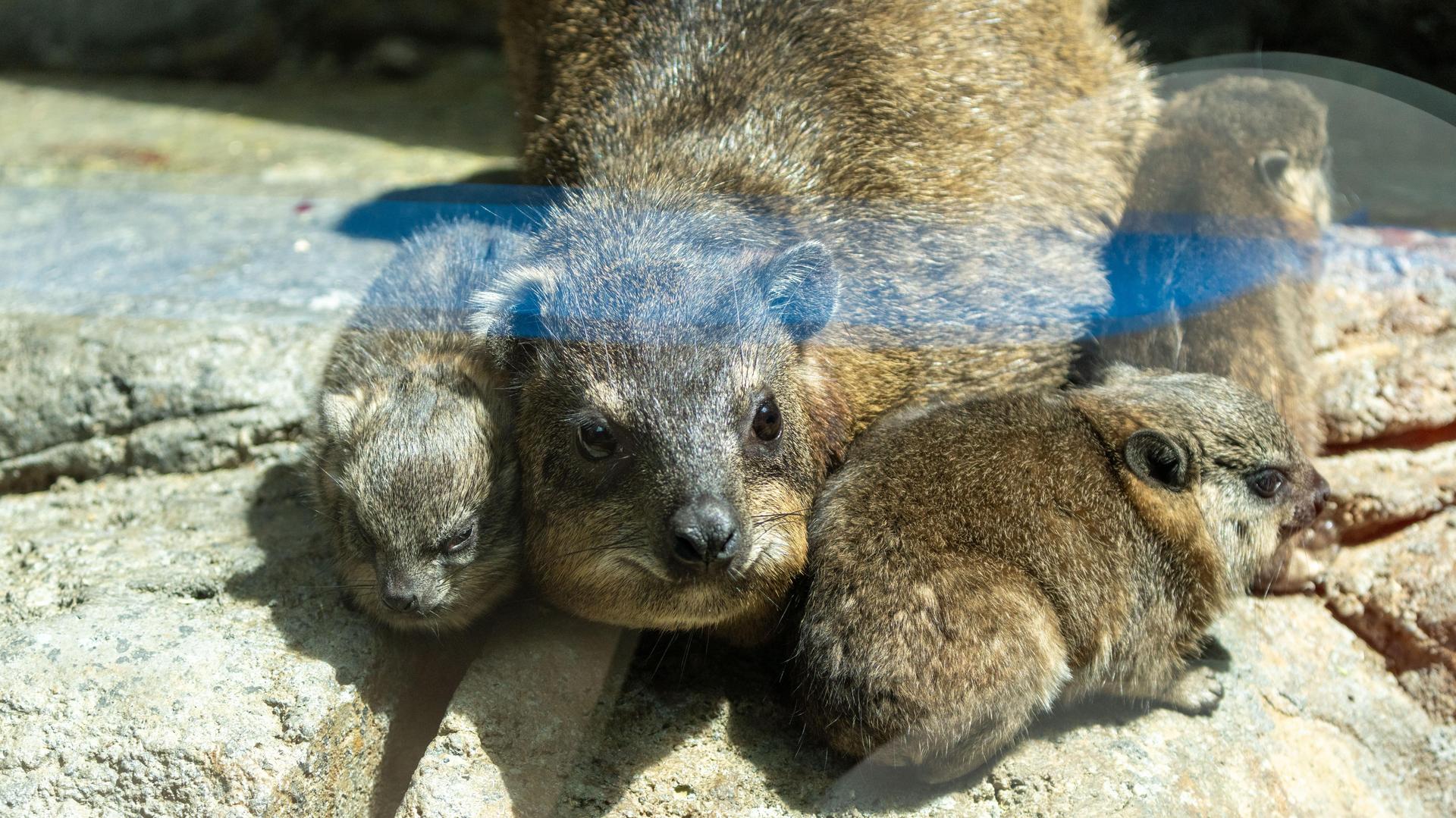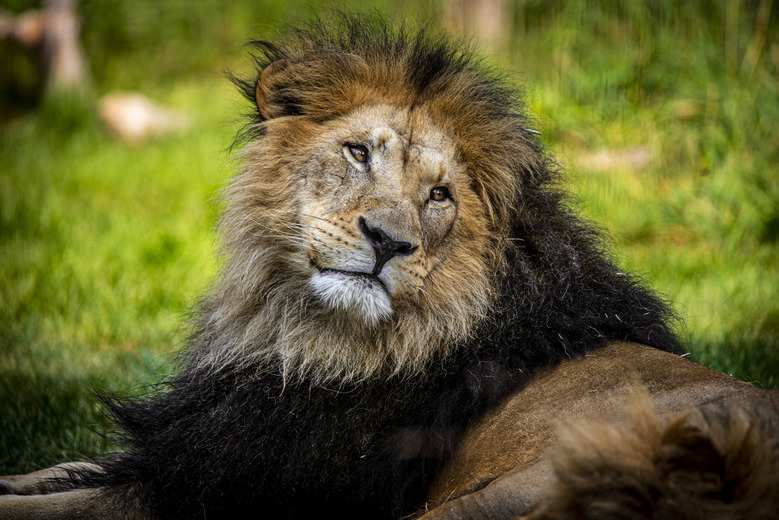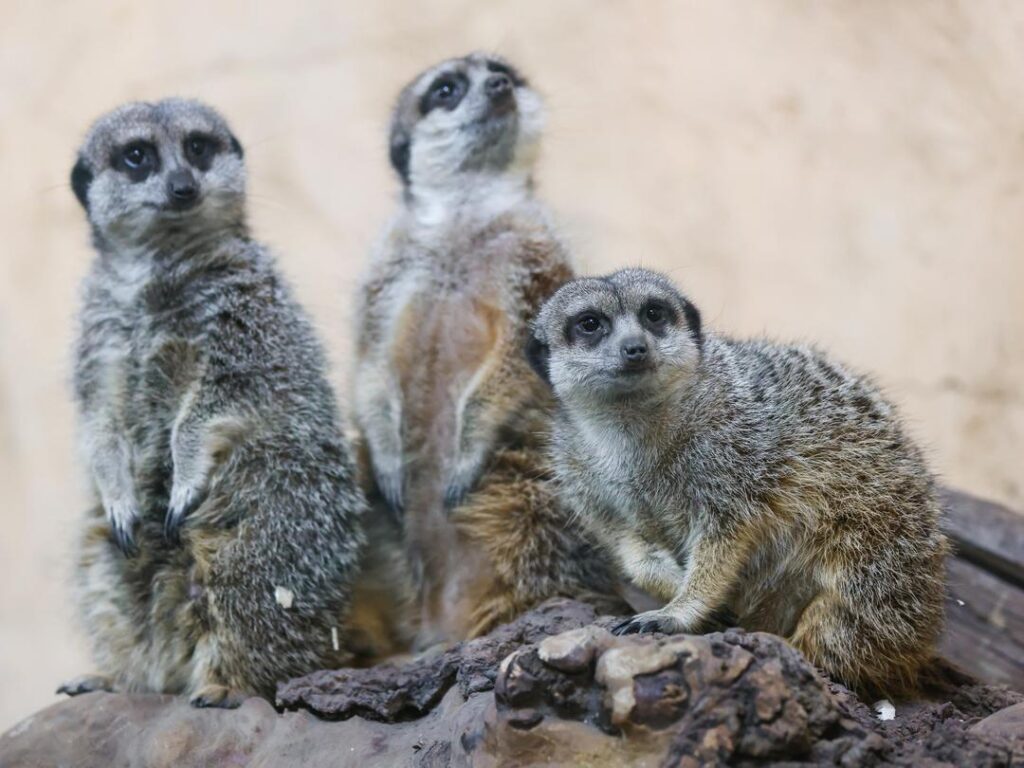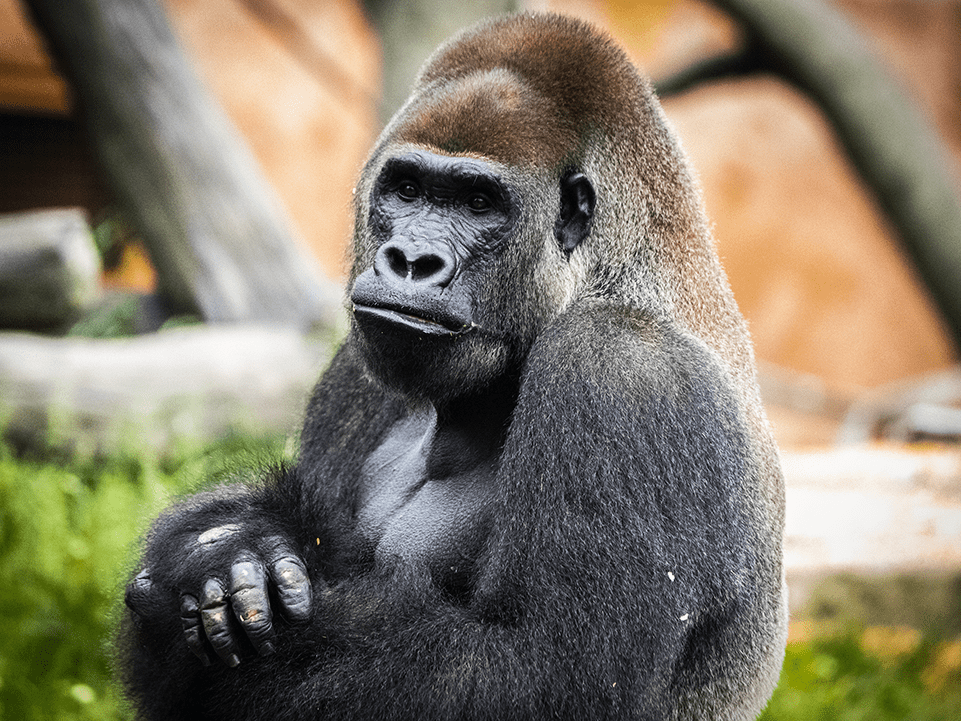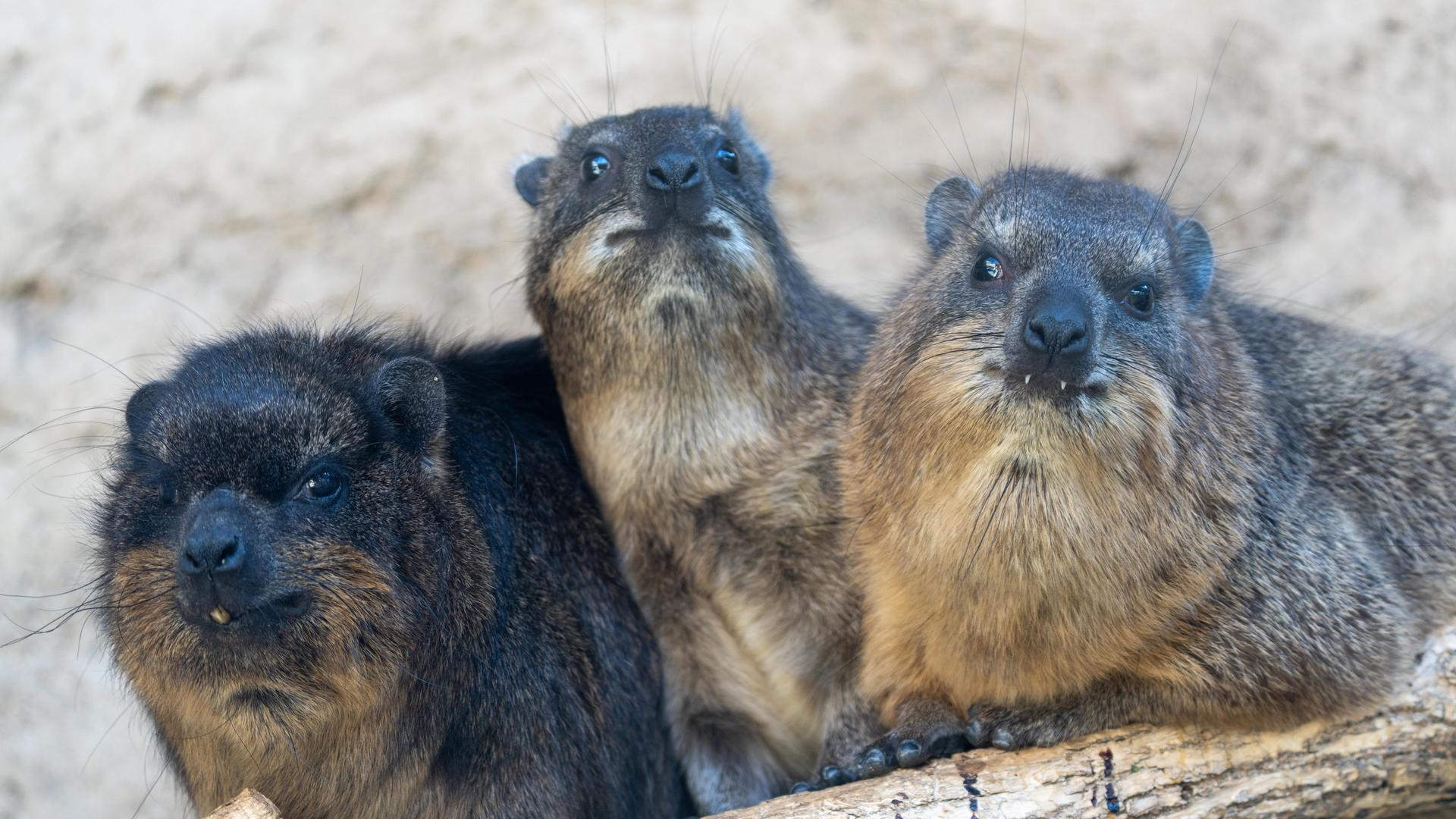
Rock Hyraxes
Life is good on the rocks
Rock hyraxes make their homes between boulders and in the nooks and crannies of rock formations and cliffs, which provide them with shelter and protection. Equipped with rubbery pads on their feet that act like a suction cups, they navigate their rocky habitat with ease. Even so, don’t expect to see a ton of movement – rock hyraxes spend approximately 95% of their time inactive.
- IUCN Red List Status: Least Concern (at relatively low risk of extinction)
- Type: Mammal
- Habitat: Throughout most of Africa, most commonly on the Arabian Peninsula
- Diet: Herbivore – grasses, leaves, and fruit
- Size: 30 to 56 centimetres long, 20 to 30 centimetres at shoulder height
- Weight: 2 to 5 kilograms
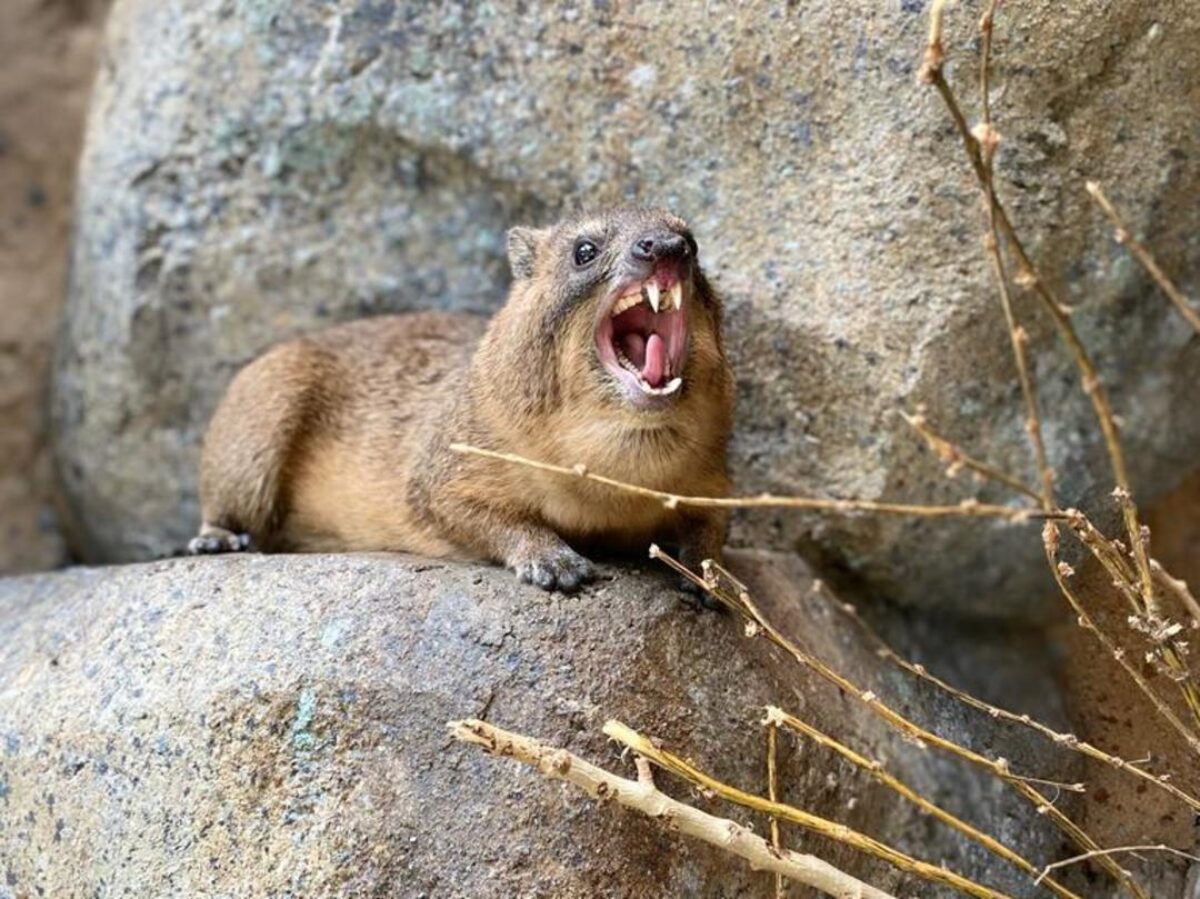
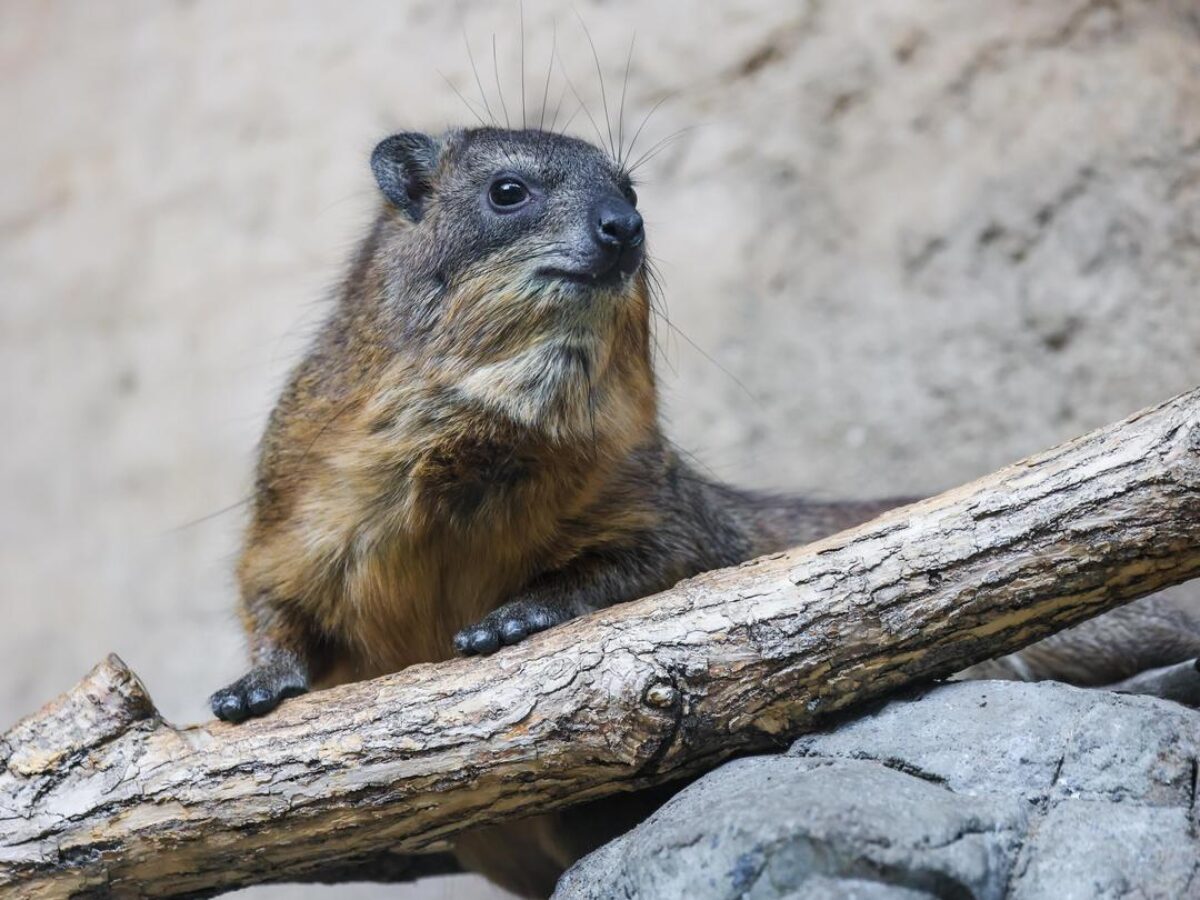
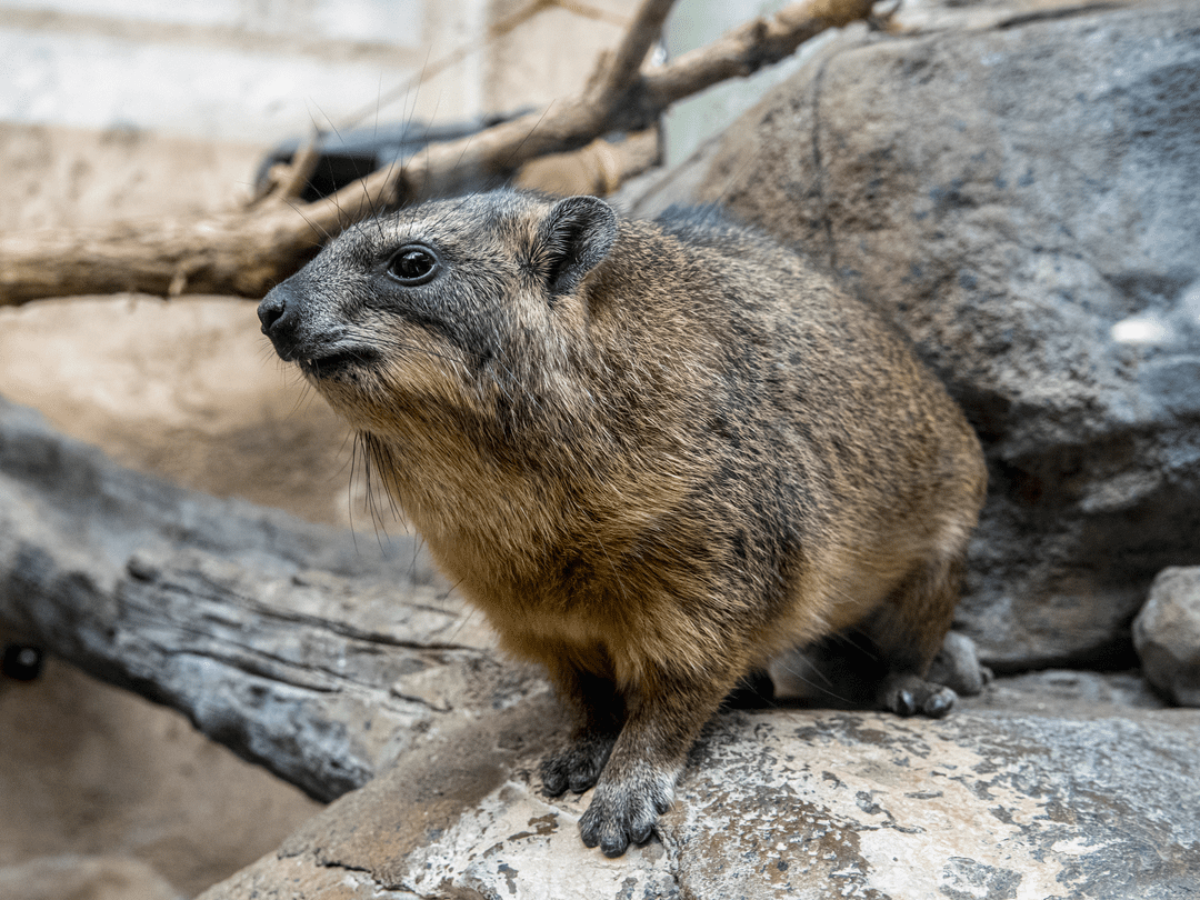
facts about our animals
Fun Facts about Rock Hyraxes
Although rock hyraxes may resemble rodents, their closest relatives are actually elephants and manatees.
Rock hyraxes have long guard hairs that function similarly to whiskers in cats, helping them to navigate their environment
They have special eyelids to keep out dust.
Rock hyraxes are diurnal, meaning they are active during the day.
They communicate with each other through a scent gland on their backs.
Rock hyraxes have a three-chambered stomach.
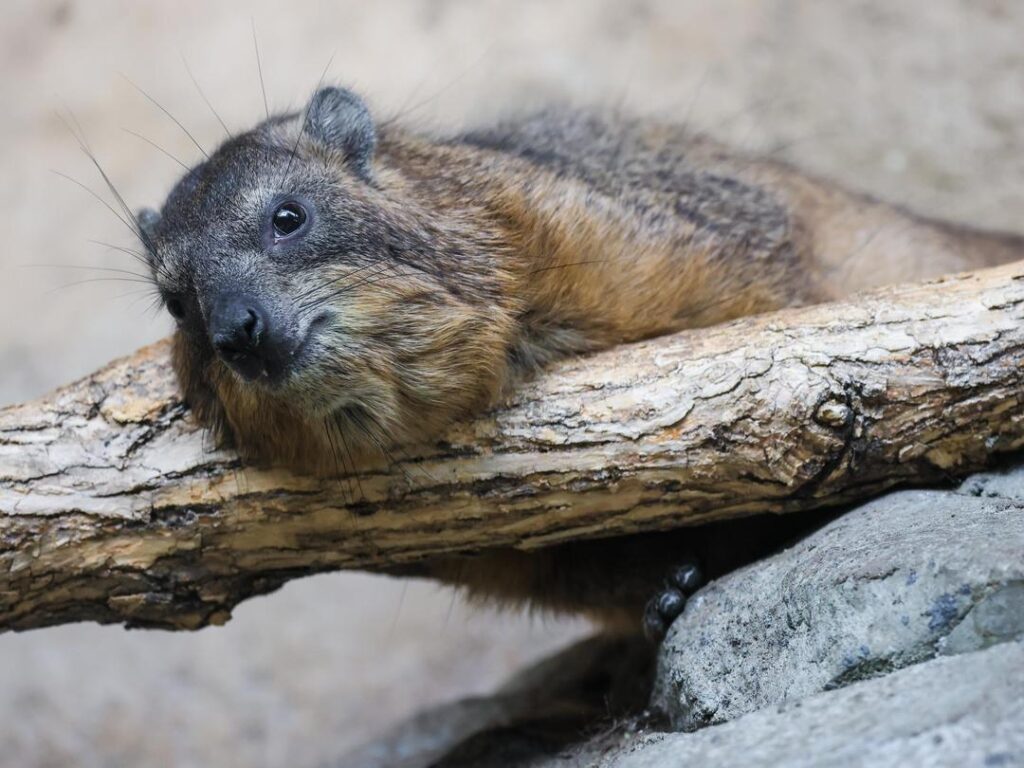
Donate
How you can help
Your donation makes a world of difference. With support for animal care, conservation programs, and education, you’re making the world wilder.
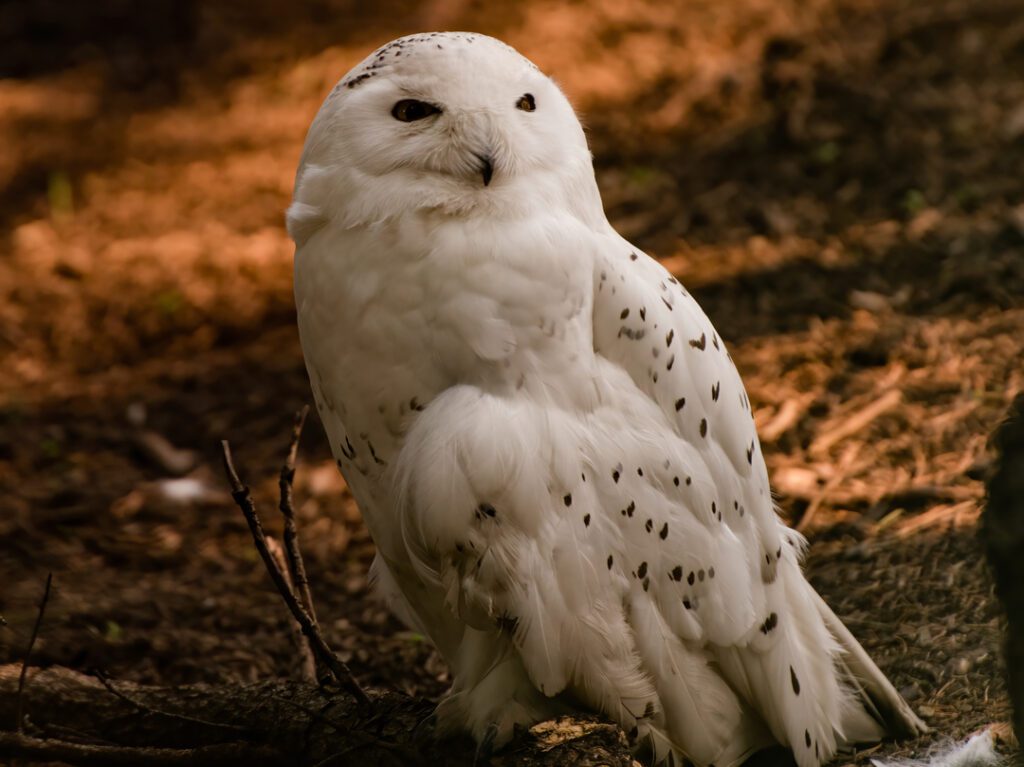
Plan Your Visit
Get close to wildlife
It’s time to make some memories. Here’s everything you need to know to plan an unforgettable day at the zoo.

